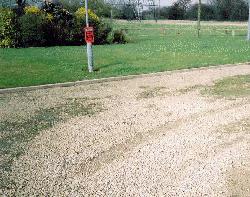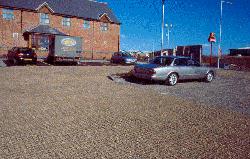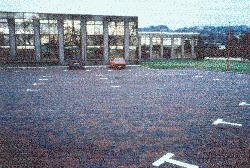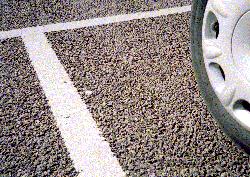- Delivering SuDS
- Using SuDS
- Background
- SuDS principles
- Benefits of SuDS
- Benefits of SuDS
- Why developers should choose SuDS
- Flood risk management
- Water quality management
- Biodiversity & ecology
- Amenity
- Air quality
- Building temperature
- Carbon reduction and sequestration
- Crime
- Economic growth
- Enabling development
- Flexible infrastructure/climate change adaptation
- Education
- Groundwater recharge
- Health and well being
- Pumping wastewater
- Rainwater harvesting
- Recreation
- Tourism
- Traffic calming
- Treating wastewater
- SuDS components
- SuDS components overview
- Source control
- Swales & conveyance channels
- Filtration
- Infiltration
- Retention & detention
- Wetlands
- Inlets, outlets and control structures
- SuDS performance & monitoring
- Delivery
- The costs & benefits of SuDS
- Adoption & maintenance of SuDS
- Legislation & regulation
- Design guidance
- Retrofitting SuDS
- Drainage exceedance
- Home
- Delivering SuDS
- Using SuDS
- SuDS components
- Source control
- Pervious surfaces
- Pervious surface types
- Porous surfacing options
Porous surfacing options

Open-textured soil or granular material
Gravel or similar surface on a sub-base. Typically used in locations where very low volumes of light weight traffic, such as cars, will be present and a low cost solution is required. There is little design and the use is restricted to locations such as pedestrian areas, driveways on private property and temporary car parks.

Geosynthetic gravel/grass protection systems
Modular interlocking plastic paving systems infilled with gravel/grass/aggregate and bedded on a free-draining structural sub-base layer. Typically used for light/medium loadings such as car parks or locations where occasional heavy vehicular loadings occur (for example, due to refuse collection vehicles, removal lorries or fire appliances).

Small porous elemental surfacing blocks
Precast blocks formed of low-fines concrete or other material, which results in the blocks having many small, interlinked internal voids throughout their section. These are laid on a recommended sub-base, which has in the past varied from Type 1 sub-base (which is actually relatively impermeable) to clean gravel and crushed rock, or other open-textured support. Typical uses are for public, engineered surfaces carrying light loading but of high frequency such as shopping centre car parks.

Continuous-laid porous material
Porous asphalt, porous concrete or resin bound aggregate, laid on a recommended sub-base of free-draining granular material. Remains free-draining provided regular surface maintenance limits the deposit of debris in the surface void spaces. Typical uses are for public, engineered surfaces carrying high volumes of heavy and/or light loading, such as shopping centre car parks and service roads.
Read more on:



